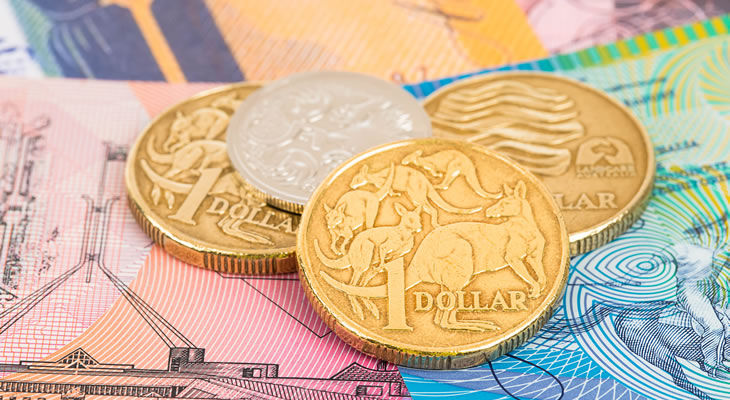Although Australian inflation edged back into the Reserve Bank of Australia’s (RBA) target range this was not enough to keep the Pound Australian Dollar exchange rate from making solid gains.
The consumer price index failed to strengthen on the quarter as forecast, undermining the impact of the stronger headline figure of 2.1%.
As Justin Smirk, senior economist at Westpac, noted:
‘Dwelling costs have lifted a bit (we don’t know if that is due to the inclusion of attached dwellings prices) and rising power bills are coming through but rent inflation remains very modest. So even with inflationary expectations drifting back towards the long-run average (we suspect fuel and power bills are responsible for this) there is little in this release to suggest that inflation is gathering any momentum.’
This suggests that the RBA is unlikely to return to a monetary tightening bias in the near future, leaving the Australian Dollar lacking in support on Wednesday.
Anticipation ahead of the Trump administration’s publication of much-awaited tax reform proposals gave the GBP AUD exchange rate a further boost, with the appeal of the commodity-correlated ‘Aussie’ weakening.
Bets that the Conservatives will return to power with a larger majority have continued to support Sterling, meanwhile.
As the latest opinion poll by IPSOS MORI gave Theresa May’s party a 23 point lead over Labour the mood towards the Pound remained positive.
Investors are hopeful that the influence of Eurosceptic backbenchers will be limited after the snap election, suggesting that the Brexit negotiation process could be smoother even if campaign rhetoric continues to point towards a hard exit.
Greater Pound volatility is likely with the release of the first quarter UK gross domestic product data.
Growth is forecast to have slowed from 0.7% to 0.4% on the quarter, indicating that the economy is coming under pressure even before the difficult process of negotiating an exit from the EU formally begins.
However, if there are signs that economic activity remained resilient at the start of 2017 then the GBP AUD exchange rate may hold on to some of its gains.
Confidence in the ‘Aussie’, on the other hand, could be shored up if the Australian import price index shows a contraction on the quarter.
Although the corresponding export price index is expected to show some slowing on the previous quarter’s bullish figure the overall picture is likely to be positive for the antipodean currency.
Wider market risk appetite may also influence demand for the Australian Dollar, with any continued US Dollar bullishness set to offer support to the GBP AUD exchange rate.


Comments are closed.